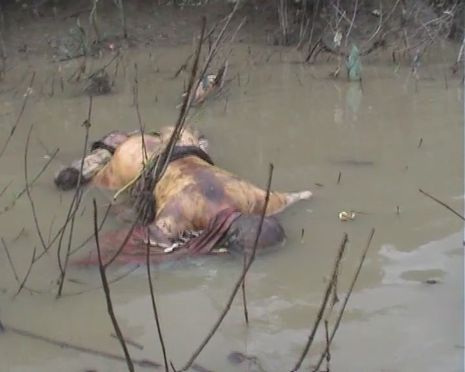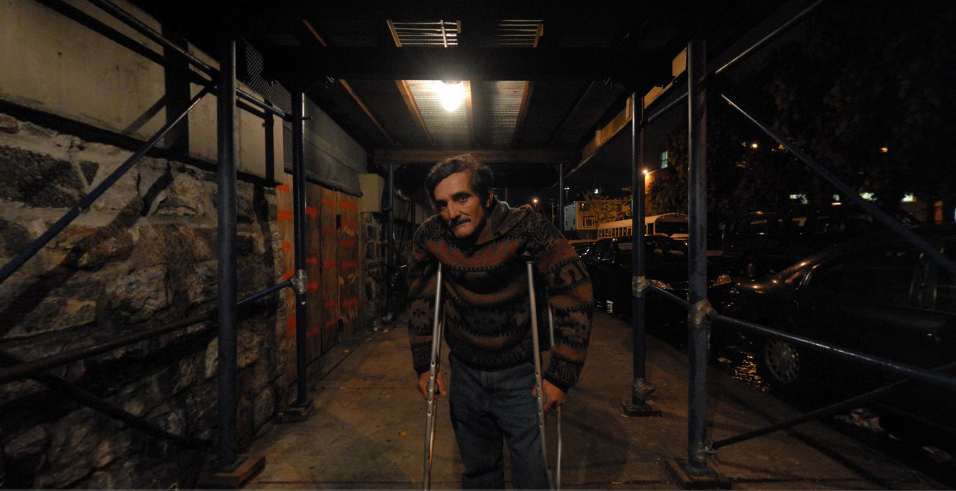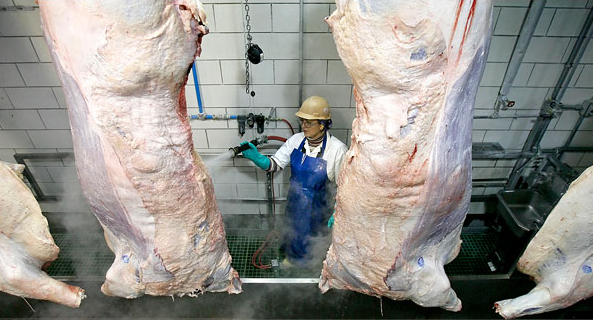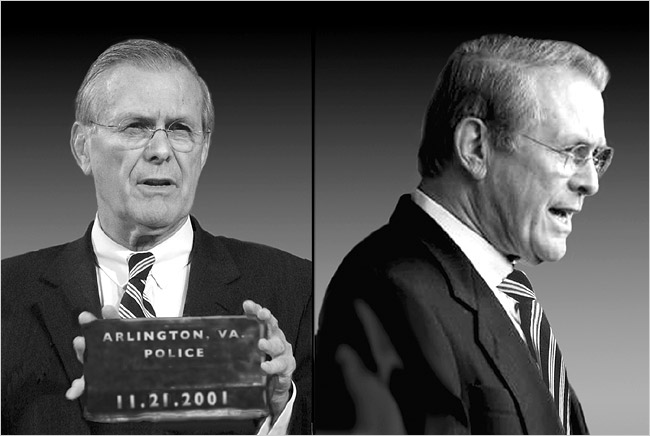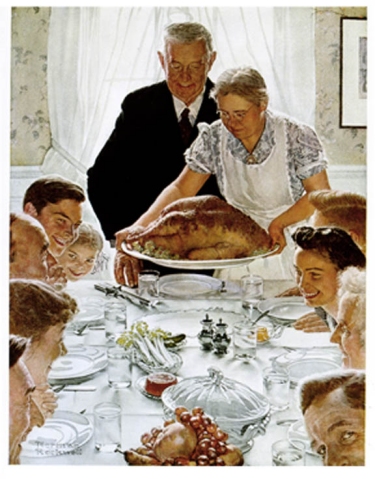It is difficult/to get the news from poems/yet men die miserably every day/for lack/of what is found there.
These words by William Carlos Williams stand as a critique of the news media and a challenge to the reading public. Even if the mainstream media cannot change, the question remains of what one should be reading and how one should read. Williams suggests that we are either reading the wrong things or reading the right things obtusely. Certainly the wars go on and men die for not knowing what they should know.
That said, I have never trusted the distinction between poems and news, political deception and artistic truth. You can find both artistry and bad behavior on both sides, and no democratic society can live on poetry alone. One place where art and news intersect is photojournalism. Applied there, Williams question acquires more precise reference: Are we getting the news–the real news–from the photograph? To do that, it would seem, we have to learn to recognize its poetry. And the difficult task would still remain: to see what can be found there that is not available in the photo’s reportage.
This is the ideal to which this blog strives, however fitfully. It should be applicable to any photograph. Today, I’m taking one that has been sitting on the desktop for two months. I’m not sure what I was waiting for, but one answer is that I was waiting for what has happened: amnesia. The photograph was featured item in a New Yorker report on the demonstrations against the brutal dictatorship in Burma.
Certainly there is ordinary news here. Monks really were killed, whatever the government might say to the contrary. But what lies deeper than that? The New Yorker commentary provides one answer: the image “shows totalitarianism in its most physical form: the elimination not just of an individual’s life but of his value.” This observation followed a vague comparison to other atrocity photos. I think there is another, more patently artistic comparison that reveals a second truth.
The force of the photograph comes in part from comparison with standard images of Buddhist serenity. All the elements are there: the still pond, isolated reeds, monk in repose, all composed in simple aesthetic harmony reflecting alignment with the cosmic order. Surely this monk is undisturbed by desire, surely he is in harmony with his natural surroundings. Although his stillness is foreign to us, there is no doubt that he is close to God.
But, of course, the photo depicts not that image but rather its terrible perversion. The pond is still but filthy; the monk is serene because dead; his union with the cosmic order has begun via the body swelling with putrefaction. In place of the harmonious life, he has died miserably.
Cynics could say that he died because he did not understand the poems he had been reading. Would Buddha have taken to the streets? Well, Buddha did take to the streets, in Burma, and now the question is what we are to learn from that. I think the news of this photograph is that Burma has been turned into an ugly, brutalized semblance of what it was. The totalitarian society is one in which everything is the same and yet brutally perverted, violated and then recomposed as if the same as before. The news goes further. This process of violent, destructive, brutalization is going on across the globe. Not everywhere, but in too many places. As with totalitarianism in the 20th century, it happens when modern technologies are placed in the service of a primitive will to power, and when the rest of the world stands by and watches or forgets.
And so there really is no news here after all. And that may have been Williams’ point.
The photograph is a video still taken by a reporter for Democratic Voice of Burma; the epigram is from Williams’ “Asphodel, That Greeny Flower.”
